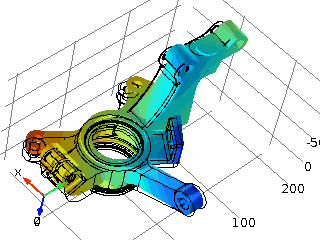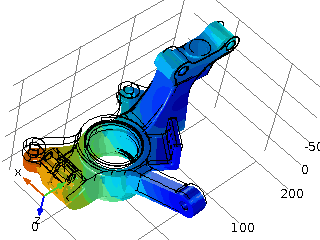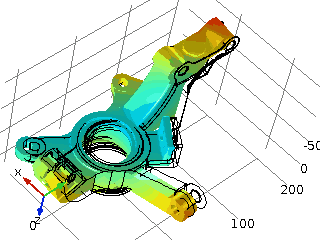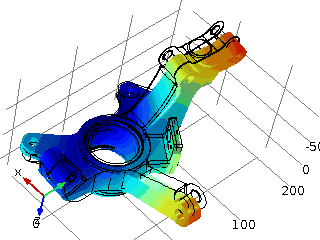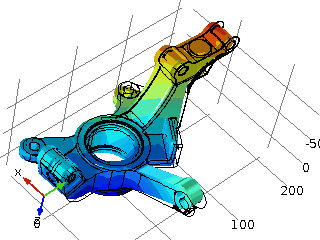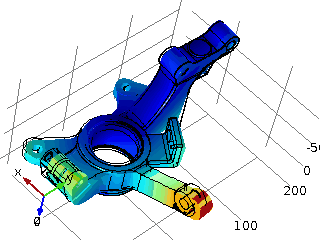Theory

Acoustic resonant inspection (ARI) is based on the analysis of the natural frequencies of a part. An impact causes the part to vibrate in certain characteristic frequencies. These frequencies (fr) are whole-body properties of a given structure, which are determined by dimensions and material properties of the part. A simplified physical model of the resonance can be expressed with a mass and string as fr=√(k/m) , where k is stiffness (material properties) and m is mass (dimensions, density). Any structure has an infinite number of resonances, each determined by a combination of material properties and dimensions.
The presence of structural defects results in out-of-specification condition for material properties or dimensions, which causes shifts in these frequencies, changes in damping factors, or nonlinear effects such as generation of new frequencies. By monitoring the aforementioned changes and analyzing the multi-variable relations between the natural frequencies, various structural defects can be detected.
